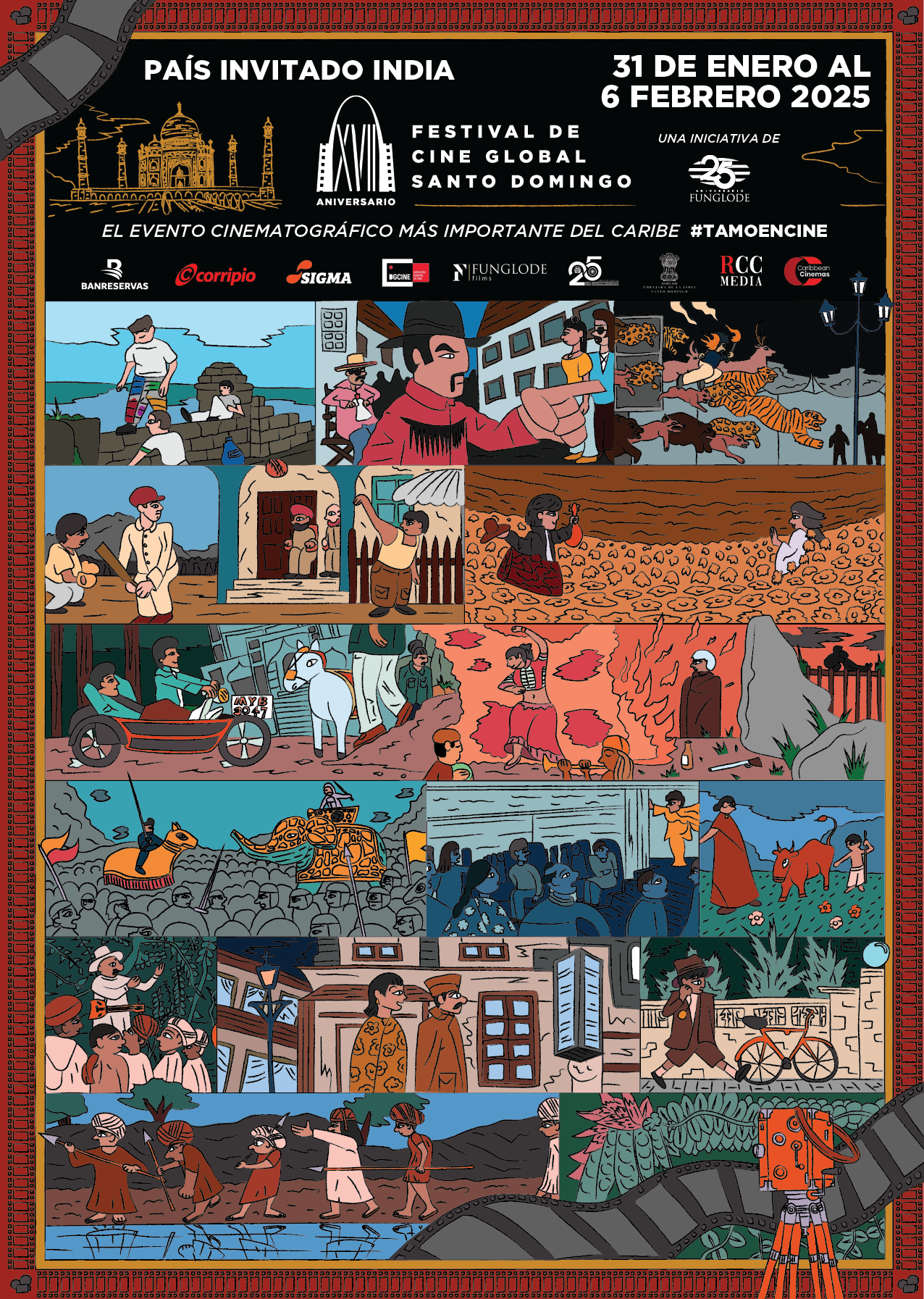Libón Verde Project Gets Underway
 | Libón Verde Project Gets Underway The Libón Verde project was launched in the presence of the German Ambassador, Christian Germann, Haitian Ambassador, Fritz Cineas and the Dominican Minister of Environment, Doctor Jaime David Fernández Mirabal. The Libón River project seeks to restore the forest cover of the area on both sides of the Artibonito River basin. “We hope we can achieve sustainable development along the border,” he said. “This project is an impetus for joint cooperation from two nations committed to the well-being of their people.” Representative of the German International Cooperation Agency (GIZ in German), Hans Peter Debelius, said “this bi-national Libón River basin restoration project is a demonstration of support from the German Cooperation program’s ‘Green Border’ carried out by the Environment Ministry.” German Ambassador Christian Germann expressed his satisfaction with the launch of the Libón Verde project. The Haitian Ambassador agreed that Libón Verde project is an important undertaking “We hope we can achieve sustainable development along the border,” he said. “This project is an impetus for joint cooperation from two nations committed to the well-being of their people.” Environment Minister Fernández Mirabal added that, “The Libón Verde project is a demonstration of unity in diversity and solidarity in the defense of natural resources and biodiversity.” The Libón Verde project came about as a result of the 2008 Villa Anacaona Declaration between the Environment Ministries of the Dominican Republic and Haiti. It aims to recover the border area’s ecosystems, preserve its biodiversity and to improve the management of its natural resources. One of the goals of the project is to contribute to a slowing of the desertification process and to improve water resources in the Libón River’s sub-basin as well as to contribute to the recovery of environmental services and the lives of those Dominicans and Haitians living along the river. The project is being carried out by the Haitian and Dominican Ministries of Environment with support from the GIZ technical team. The duration of the project is expected to last 24 months with an estimated cost of 2,419,492 Euros. The Libón Verde project seeks to reverse the desertification process along the border area, improve critical habitats of the fragile ecosystems and highly vulnerable areas while mitigating the impact of agriculture in the area around the river basin. In addition, it will generate environment-related employment that will improve the quality of life of the area’s inhabitants as well the basic sanitation of their homes while strengthening the capacity for civil society organization on both sides of the border. Libón Verde is part of the Restoration Program for Ecosystems and Comprehensive Natural Resources Management in the border area (Green Border). It grew out of the National Quisqueya Verde Plan, which has been in effect in the Dominican Republic since 1997. Libón Verde is being implemented in the communities around the sub-basin of the Libón River, which is part of the Artibonito River basin. Communities involved include Los Cerezos, Cruz de Cabrera, Villa Anacaona and Pocilga on the Dominican side. On the Haitian side, the towns are Carice, Rose Bonite, Mont-Organisé and Savanette. | |

Related News
-
(Versión en español) El Archivo General de la Nación presenta la segunda versión de la Carta Compromiso al Ciudadano
-
(Versión en español) Escuela de Filosofía de la UASD pone en circulación el libro Escritos Filosóficos de la República Dominicana (1930-1961) del maestro Danilo Pérez
-
(Versión en español) Minerd inicia Gala de Centro en todas las escuelas de la Modalidad en Arte del país
-
(Versión en español) Presentarán en Azua antología con cuentos de cinco reconocidos escritores
-

Actividad #1
Dónde:: Complejo Acuático Del Centro Olímpico Juan Pablo Duarte.
Días: 28 y 29 de noviembre 2016.
Precios: RD$1,1000.00 VIP, RD$600.00 gradas.


